Happy Fountain Pen Day 2019
International Celebration is on First Friday in November each year, Fountain Pen Day is celebrated by enthusiasts worldwide as a time to embrace, promote, and share the use of fountain pens.
The first Fountain Pen Day is celebrated on November 2nd, 2012. It was created to help embrace, promote, and share the use of fountain pens in day-to-day life, as well to help revive handwriting as a whole.
Fountain Pen Day, November 1st Friday International Celebration
---------
Fountain Pen - History of Fountain Pens
The main flaws of quills and pens with no ink reservoir is that they must be constantly dipped in ink so they could write or draw and, because of that, they can very easily stain the surface on which they write. Fountain pen is the first solution for these problems. It has a reservoir in its body which holds water-based liquid ink for longer writing. This ink passes through a feed to the nib under the influence of gravity and capillary action. Fountain pen can be filled with ink in different ways, depending of the way it is built: with a pipette or syringe, with its own filling mechanism that works like a piston or by placing a cartridge filled with ink inside its body. Some rare models hold in their body ink tablets that are dissolved in water and then poured in the fountain pen.
Earliest mention of a pen that has an ink reservoir is from year 973. Ma'ād al-Mu'izz, the caliph of the Maghreb, region of Northwest Africa, asked for a pen that would keep his hand clean while he uses it and would not leave as much mess as standard pens and quills. His wish was fulfilled with a pen that held ink inside and could be held upside-down without spilling but we don’t know precisely how this pen worked or how it looked like. Next mention of a pen with inner reservoir comes from 17th century when German inventor Daniel Schwenter invented a pen made from two quills. One quill was placed inside the other; it held the ink and was closed with a cork. Ink left the reservoir through a small hole which led to a nib.
Samuel Pepys, English naval administrator, mentioned in his writings a metal pen "to carry ink" in 1663 while Maryland historian Hester Dorsey Richardson also wrote about fountain pens that existed in 17th century. In the 19th century, standard pens were improved with mass production of cheap steel pen nibs which also influenced fountain pens. On May 25, 1827, Romanian inventor Petrache Poenaru received patent from the French government for a fountain pen which had a barrel made from a large swan quill. In America in 1848, Azel Storrs Lyman got a patent for a fountain pen with “method of supplying ink to pens from a reservoir in the handle”. These were not the only patents for fountain pens of that time but these pens needed three inventions to become popular: iridium-tipped gold nib, hard rubber, and free-flowing ink (early fountain pens didn’t understand the role that air pressure plays in the operation of pens). First fountain pen to have all this was made in 1850s. Duncan MacKinnon and Alonzo T. Cross invented in 1870 a variant of fountain pen called stylographic pen which used a wire in a tube as a valve for ink. All these pens were filled with an eyedropper. First self-filling fountain pens were invented in the early 20th century. They were crescent-filler pens (which had a rubber sac and a crescent button which pressed it) and twist-filler pens.
All these early fountain pens had a characteristic to leak so some manufactures tried to solve this problem. Some variants had a retractable point which closed the ink reservoir. Other had screw-on caps with inner caps that sealed around the nib. Improvements continued after that. Pens were made from celluloid instead of hard rubber, filling mechanisms were made with pistons and levers, and solid-ink fountain pens appeared.


![[Appreciation Gifts 2023] KSG set - Double Pen SET - Parker IM Rollerball & Ballpoint Pen - [Various Colours] - KSGILLS.com | The Writing Instruments Expert](http://ksgills.com/cdn/shop/files/WhatsAppImage2023-08-19at3.14.43PM.jpg?v=1764419608&width=900)
![[Appreciation Gifts 2024] KSG set - Double Pen SET - Parker IM Rollerball & Ballpoint Pen - [Various Colours] - KSGILLS.com | The Writing Instruments Expert](http://ksgills.com/cdn/shop/files/ksgills-fathers-day-gift-set.png?v=1764419608&width=1000)
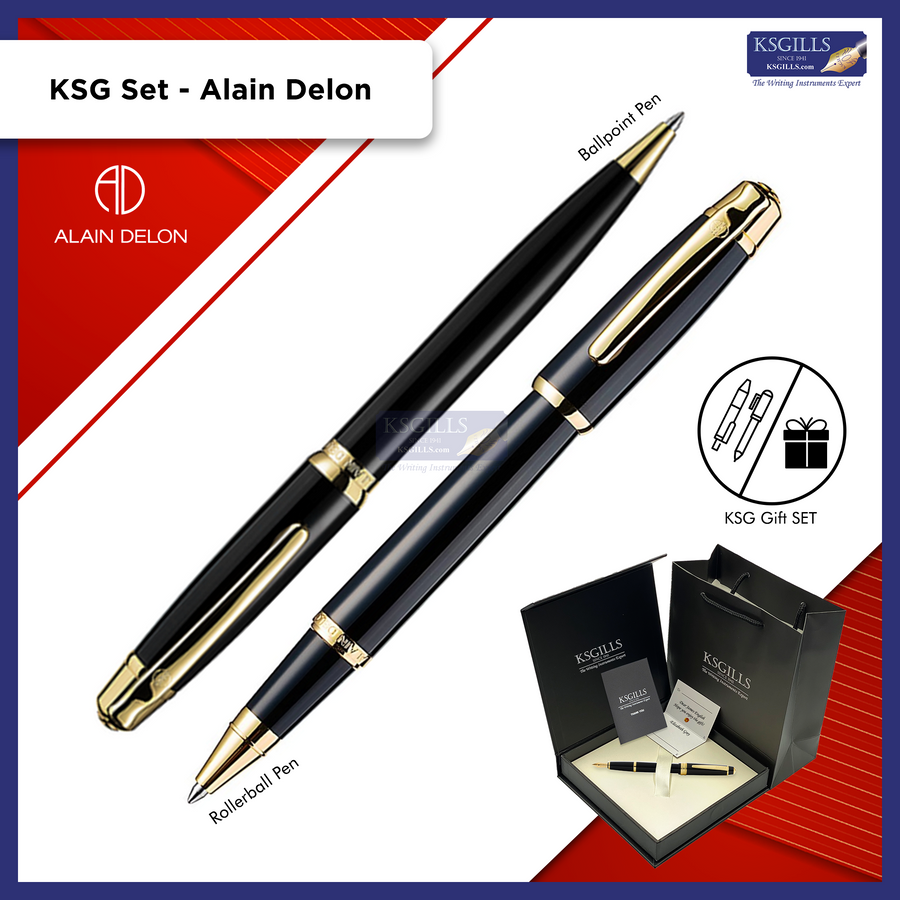
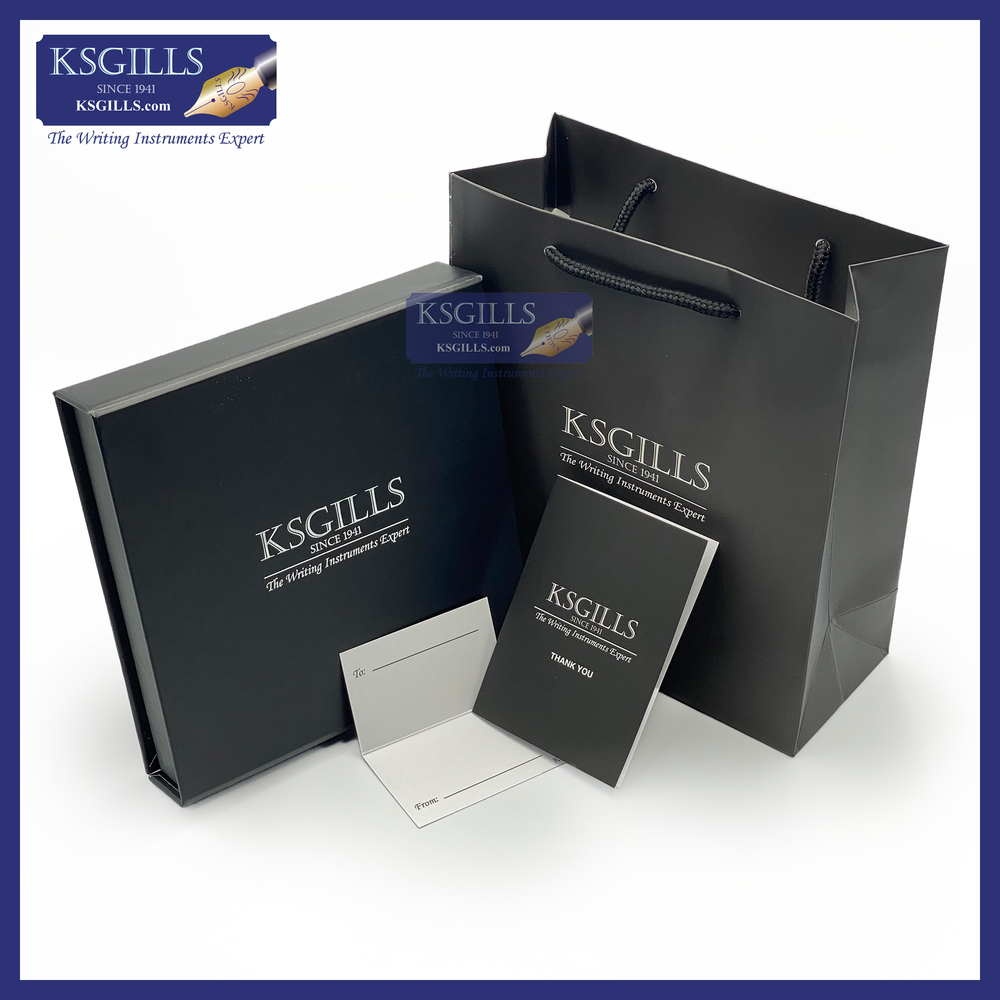

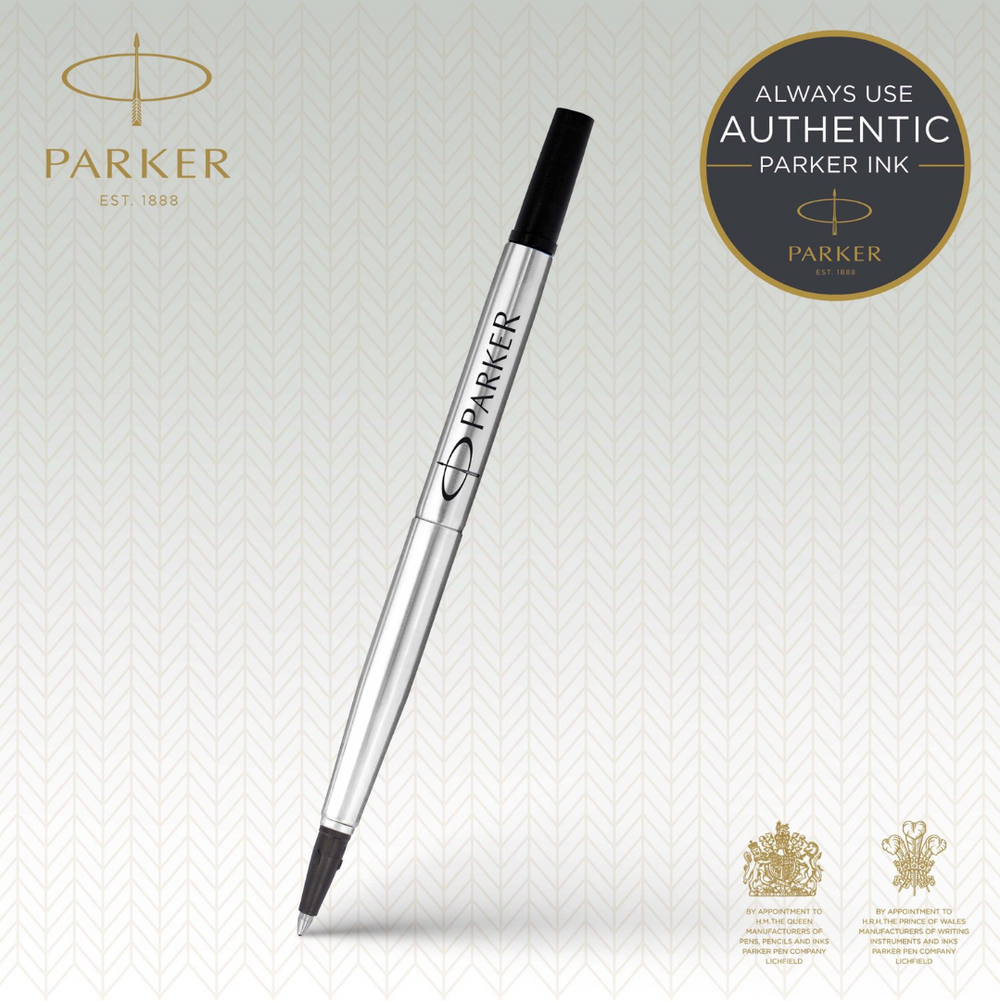
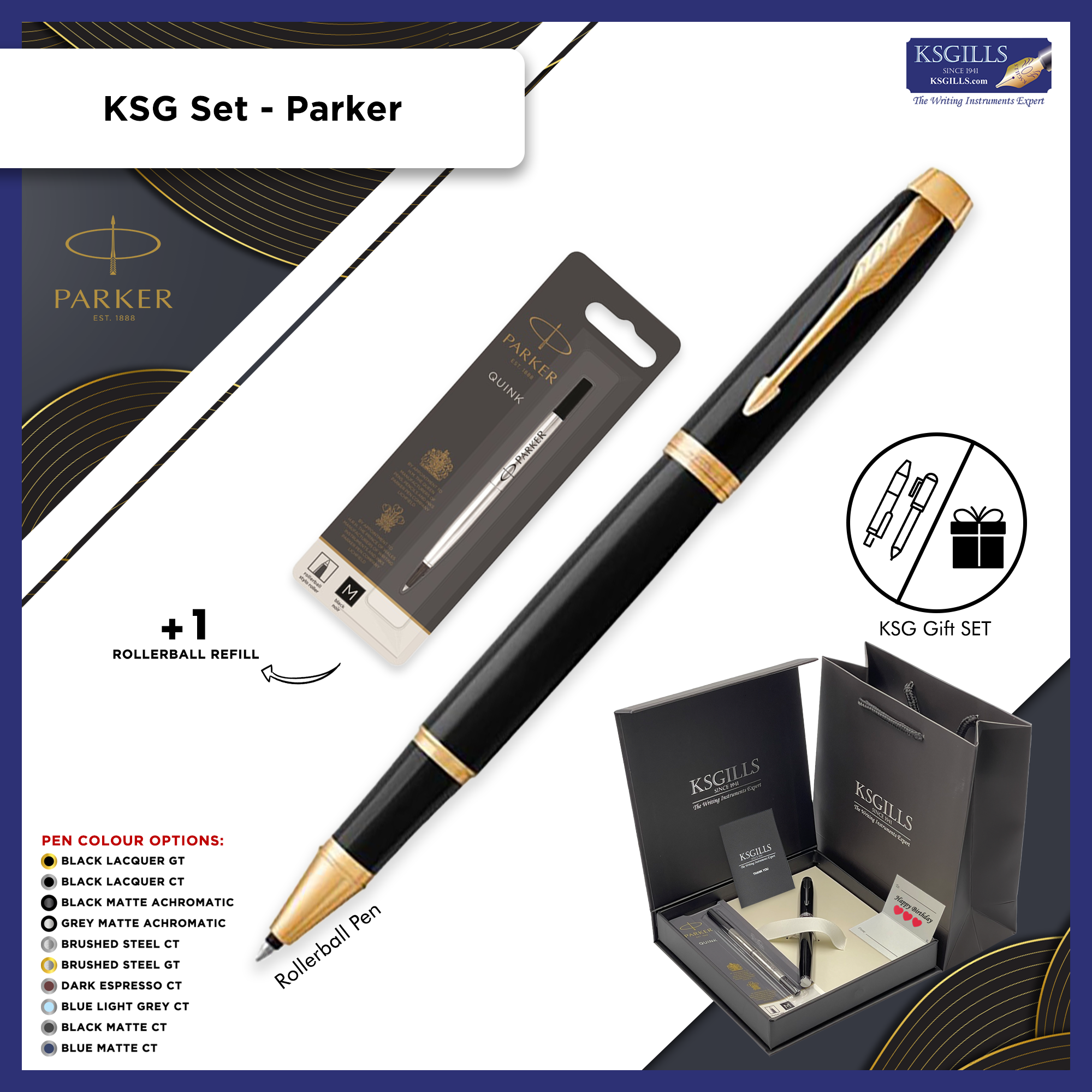
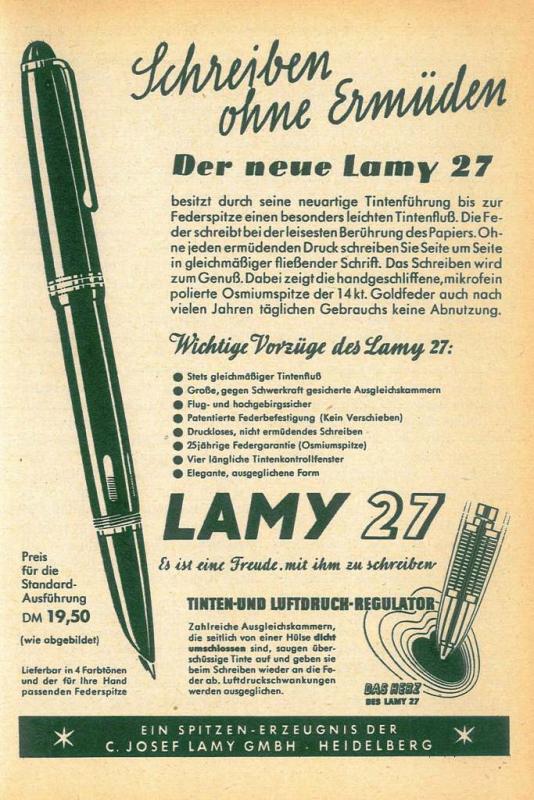

![KSG set - Double Pen SET - Parker IM Fountain & Ballpoint Pen - [Various Colours] - KSGILLS.com | The Writing Instruments Expert](http://ksgills.com/cdn/shop/products/THUMBAIL_KSGGiftSet-ParkerIM-BlackGold-FP_BP-Main.png?v=1659158551&width=900)
![KSG set - Double Pen SET - Parker IM Fountain & Ballpoint Pen - [Various Colours] - KSGILLS.com | The Writing Instruments Expert](http://ksgills.com/cdn/shop/products/BlackGold.png?v=1693741987&width=1000)
Leave a comment